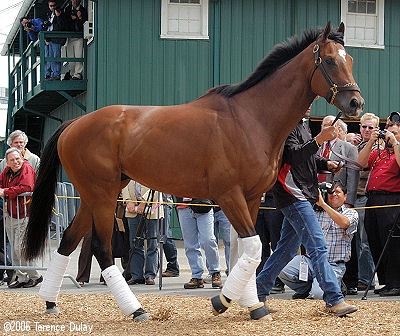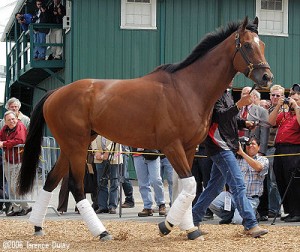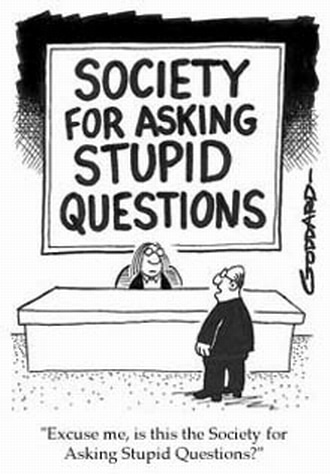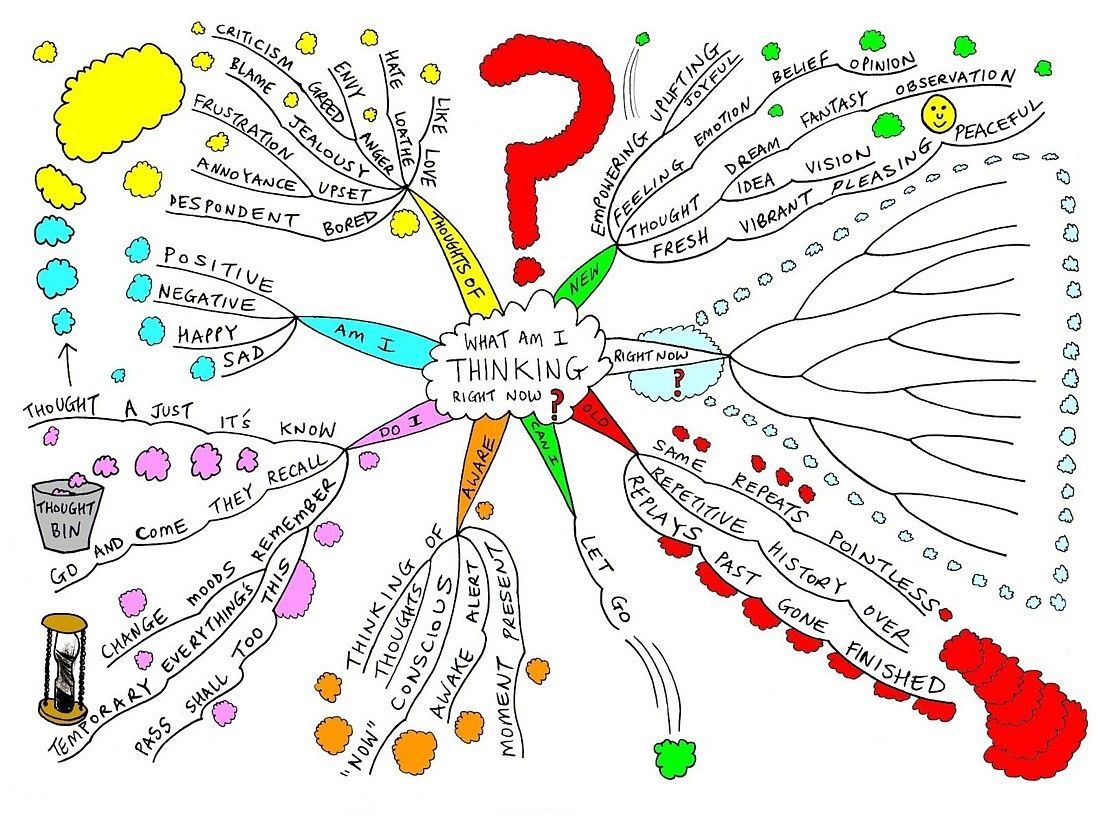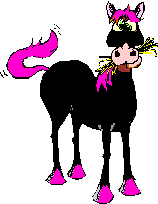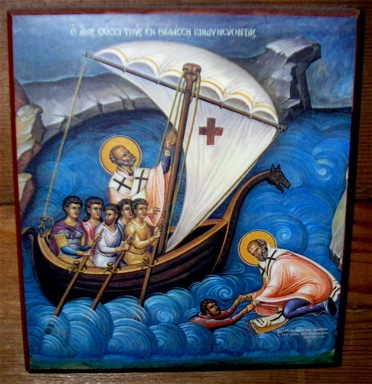“A horse is the projection of peoples’ dreams about themselves – strong, powerful, beautiful – and it has the capability of giving us escape from our mundane existence.” ~Pam Brown
Barbaro, the 2006 Kentucky Derby winner, was put to sleep on January 29, 2007, finally losing an eight month battle precipitated by a shattered right hind limb sustained at the Preakness Stakes. His eight month ordeal had been followed with intense interest and his ultimate demise was a huge, and hugely sad, disappointment.
Barbaro’s death brought a wide range of comments. “Goodbye, brave and beautiful boy,” wrote Adela Henninger, 47, of Rathdrum, Idaho, on the Penn Veterinary Medicine message board. “Go back to the wind, and nevermore have to tolerate the weakness and ignorance of mortal man. You’re finally running in endless fields…. Run on, Barbaro.”
On the other side of the coin, LA Times columnist T.J Simers penned, “Tell me the difference right now between the furry bump in the road that once was a squirrel, and Barbaro today. Courage? You don’t think it takes courage to try and run across eight lanes of the I-5 only to get flattened three lanes shy?” further adding, “Come on, it’s just a horse.”
Clearly, the saga of the horse inspired love and devotion as well as controversy. But what, if anything, can be learned from Barbaro?
Well, first off, we learn horse racing is a rough game. These are equine athletes being pushed to the limits of their physical capabilities. When you push something to – and beyond – its capabilities, sometimes things break. In the case of Barbaro, things not only broke, but they were shattered. The amount of force directed on Barbaro’s right hind limb essentially caused an explosion in the limb, destroying bone, blood vessels, tendons and ligaments. Barbaro was the most notable recent example, but such injuries actually occur with alarming frequency.
Second, we learn that surgery is a tricky business. When too much tissue is destroyed, there’s really not much that a surgeon – even one as accomplished as Dr. Dean Richardson, at the University of Pennsylvania – can do. Even though it was technically possible to screw bones back together, the discomfort of the injured limb caused Barbaro to bear most of his weight on the other hind limb. Horses can’t bear all of their weight on one limb – the overload breaks tissues down. Ultimately, what killed Barbaro was not a failure of the surgery, but an overload of the horse’s biomechanical system. There was just too much stress on Barbaro’s system for the horse to overcome.
Third, we learn that people have a tremendous capacity for caring, and that horses have a unique and special way of getting right to the heart of that capacity. Thousands of cards, flowers, carrots and messages were sent to Barbaro; over a million dollars was raised for equine research. So, in spite of the terrible outcome, some good may have ultimately been done.
To those who say that the attempt to save Barbaro’s life was simply a matter of economics, that the owners wanted desperately to save Barbaro so that they could get millions of dollars in stud fees, I say, “Humbug” (actually, I rarely say, “Humbug,” but in this case, it seems apt). If the owners wanted millions of dollars, all they would have needed to do is put Barbaro to sleep – he was insured for millions of dollars. Instead, they elected to spend hundreds of thousands of dollars to see if they could save their horse’s life.
Of Barbaro himself, we can only say that he was beautiful, and strong, and ran like the wind. We can’t really say that he was courageous – he was just doing what horses do. Still, in spite of the terrible ending, Barbaro was cared for, and every attempt was made to save his life. That, I think, was a good thing. And, even though racing is a tough business, and even though the odds were stacked against him, Barbaro did have the good fortune to live at a time when it was possible to dream of an attempt to save him. And, personally, I think that such dreams are part of the best of what it is to be human.
“Many people have sighed for the ‘good old days’ and regretted the ‘passing of the horse,’ but today, when only those who like horses own them, it is a far better time for horses.” ~C.W. Anderson

